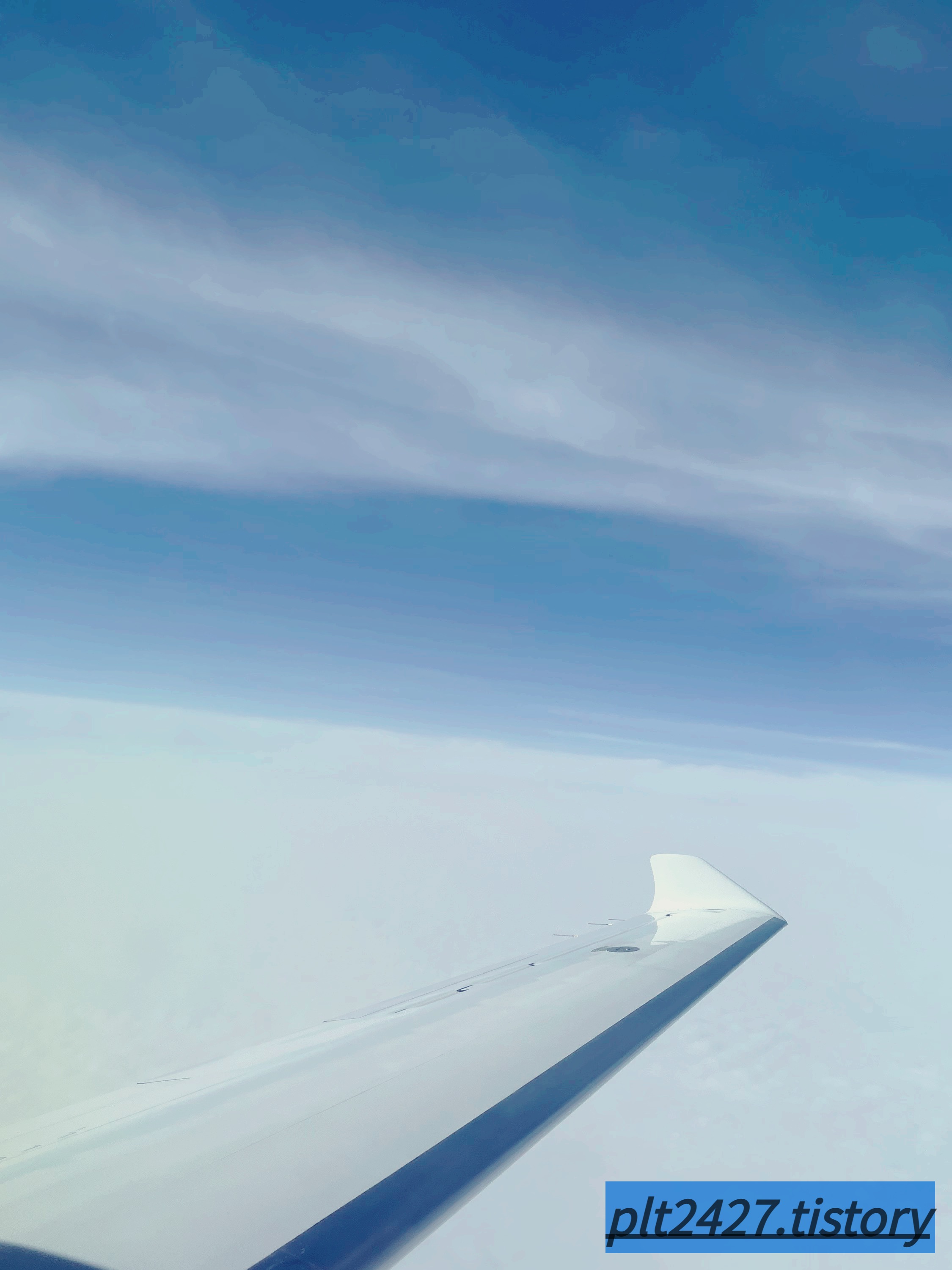| 일 | 월 | 화 | 수 | 목 | 금 | 토 |
|---|---|---|---|---|---|---|
| 1 | ||||||
| 2 | 3 | 4 | 5 | 6 | 7 | 8 |
| 9 | 10 | 11 | 12 | 13 | 14 | 15 |
| 16 | 17 | 18 | 19 | 20 | 21 | 22 |
| 23 | 24 | 25 | 26 | 27 | 28 | 29 |
| 30 | 31 |
- airway
- 공중항법
- 별표15)
- 검댕이
- [네이버 지식백과] 기압에 대하여 [atmospheric pressure] (기상백과 기상청)
- 매뉴얼
- 표준교재
- 검댕스
- 잽순
- Glossary
- [네이버 지식백과] 일교차 [日較差] (한국민족문화대백과
- 에어웨이
- 한국학중앙연구원)
- Jeppesen
- 조종사표준교재
- jeppsen airway manual
- 저산소증
- 공부
- 항공기상서비스 사용자 안내서
- https://www.law.go.kr/법령별표서식/(항공안전법 시행규칙
- Manual
- jeppesen airway manual
- 조종사표준교재 항공기상
- jeppsen
- 표준교재 기상
- 우엥
- 세화 항공법규
- 20231019
- 항공정보 매뉴얼
- Today
- Total
PLT2427
8−1−8. Judgment Aspects of Collision Avoidance 본문
8−1−8. Judgment Aspects of Collision Avoidance
a. Introduction. The most important aspects of vision and the techniques to scan for other aircraft are described in paragraph 8−1−6, Vision in Flight. Pilots should also be familiar with the following information to reduce the possibility of mid-air collisions.
b. Determining Relative Altitude. Use the horizon as a reference point. If the other aircraft is above the horizon, it is probably on a higher flight path. If the aircraft appears to be below the horizon, it is probably flying at a lower altitude.
c. Taking Appropriate Action. Pilots should be familiar with rules on right-of-way, so if an aircraft is on an obvious collision course, one can take immediate evasive action, preferably in compliance with applicable Federal Aviation Regulations.
d. Consider Multiple Threats. The decision to climb, descend, or turn is a matter of personal judgment, but one should anticipate that the other pilot may also be making a quick maneuver. Watch the other aircraft during the maneuver and begin your scanning again immediately since there may be other aircraft in the area.
e. Collision Course Targets. Any aircraft that appears to have no relative motion and stays in one scan quadrant is likely to be on a collision course. Also, if a target shows no lateral or vertical motion, but increases in size, take evasive action.
f. Recognize High Hazard Areas.
1. Airways, especially near VORs, and Class B, Class C, Class D, and Class E surface areas are places where aircraft tend to cluster.
2. Remember, most collisions occur during days when the weather is good. Being in a “radar environment” still requires vigilance to avoid collisions.
g. Cockpit Management. Studying maps, checklists, and manuals before flight, with other proper preflight planning; e.g., noting necessary radio frequencies and organizing cockpit materials, can reduce the amount of time required to look at these items during flight, permitting more scan time.
h. Windshield Conditions. Dirty or bug-smeared windshields can greatly reduce the ability of pilots to see other aircraft. Keep a clean windshield.
i. Visibility Conditions. Smoke, haze, dust, rain, and flying towards the sun can also greatly reduce the ability to detect targets.
j. Visual Obstructions in the Cockpit.
1. Pilots need to move their heads to see around blind spots caused by fixed aircraft structures, such as door posts, wings, etc. It will be necessary at times to maneuver the aircraft; e.g., lift a wing, to facilitate seeing.
2. Pilots must ensure curtains and other cockpit objects; e.g., maps on glare shield, are removed and stowed during flight.
k. Lights On.
1. Day or night, use of exterior lights can greatly increase the conspicuity of any aircraft.
2. Keep interior lights low at night.
l. ATC Support. ATC facilities often provide radar traffic advisories on a workload-permitting basis. Flight through Class C and Class D airspace requires communication with ATC. Use this support whenever possible or when required.
'오답노트 > AIM' 카테고리의 다른 글
| 공항 표지 및 표지판 - 활주로 (0) | 2024.06.21 |
|---|---|
| 기본 VFR 기상최저치 (0) | 2024.06.21 |
| 4−1−20. Transponder and ADS−B Out Operation (0) | 2024.06.21 |
| § 91.227 Automatic Dependent Surveillance-Broadcast (ADS-B) Out equipment performance requirements. (0) | 2024.06.21 |
| 3−4−5. Military Operations Areas (0) | 2024.06.21 |


